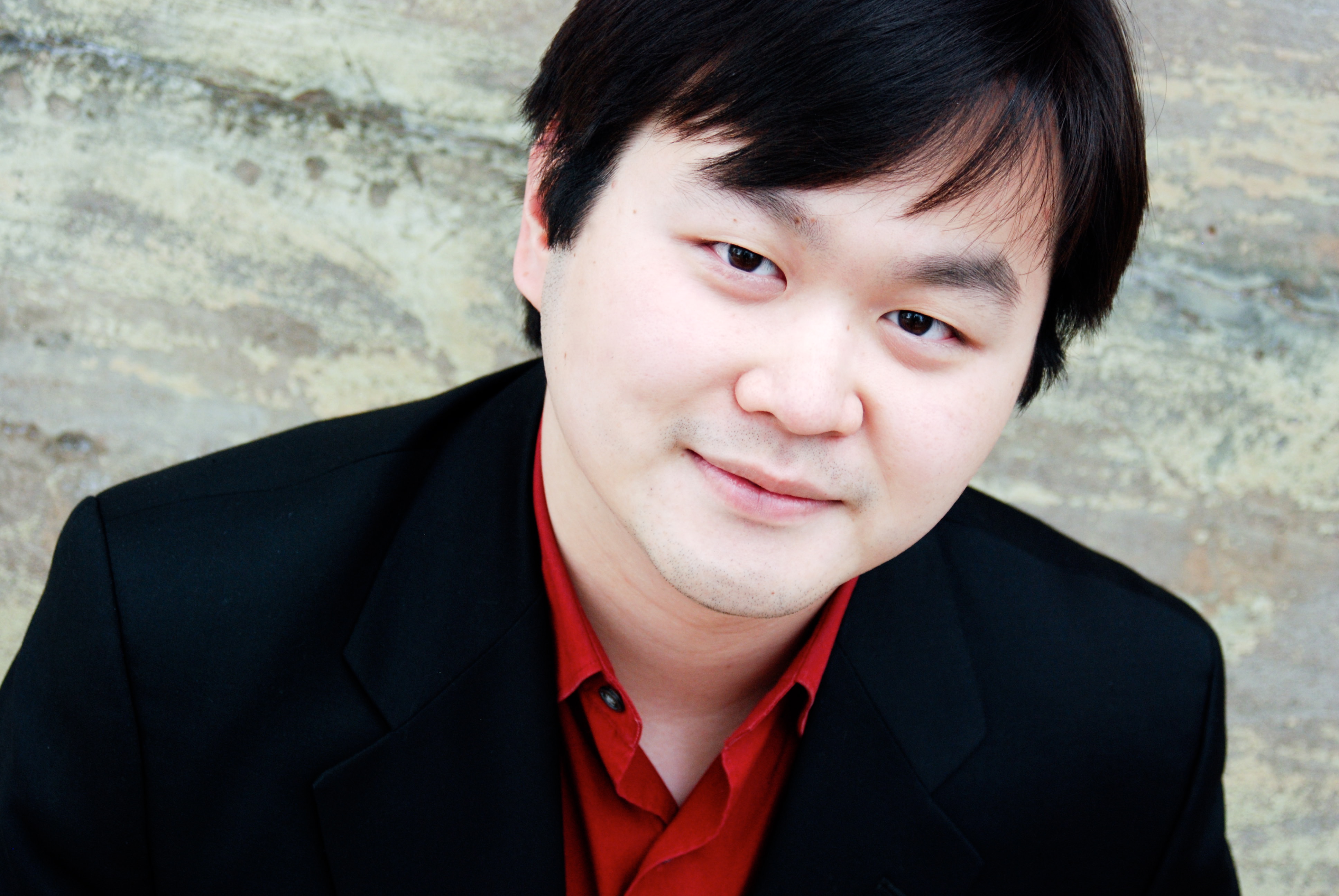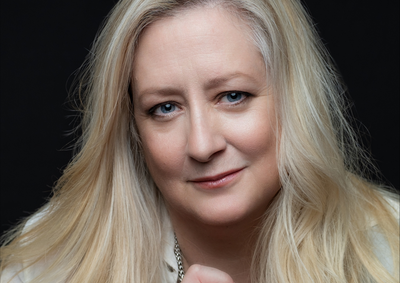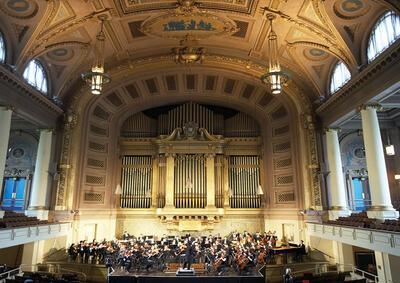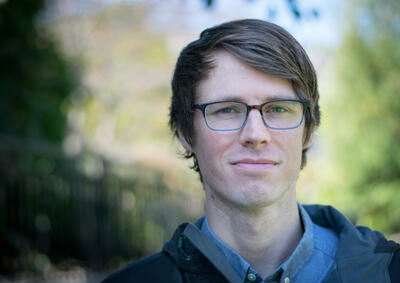New York Times: Violin Sonatas Suffuse Lent
The Sonata No. 10 “The Crucifixion,” by the 17th-century virtuoso violinist Heinrich Ignaz Franz von Biber, unfolds in a blaze of effects, beginning with slashing chords perhaps intended to depict the nailing of Jesus to the cross.
The violinist Daniel S. Lee offered a fleet-fingered, passionate interpretation of the work on Saturday at St. Ignatius of Antioch Episcopal Church on the Upper West Side of Manhattan, part of Tenet’s TENEbrae series commemorating Lent.
The 18th-century English historian Charles Burney wrote that “of all the violin players of the last century, Biber seems to have been the best, and his solos are the most difficult and most fanciful of any music I have seen of the same period.” Biber composed a large catalog of instrumental and vocal music, but is largely remembered for his violin sonatas.
“The Crucifixion” is one of his Mystery Sonatas, inspired by the Mysteries of the Rosary, Catholic meditations on Jesus and the Virgin Mary. Biber included an image depicting the relevant Mystery with each score. The closing Passacaglia (given a soulful performance by Mr. Lee) features a picture of an angel and child. Mr. Lee and the violinist Nicholas DiEugenio joined for Biber’s fiery Partita No. 5, accompanied by Hank Heijink on theorbo and Jeffrey Grossman on chamber organ (all members of The Sebastians.)
Biber’s mystery sonatas and set of seven partitas all use scordatura, which requires each string on the violin to be tuned differently, producing a wide range of sonorities and colors. Biber integrated scordatura to darken the violin’s sound in “Crucifixion” and Sonata No. 9 “Carrying of the Cross,” evocatively rendered by Mr. DiEugenio.






